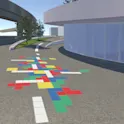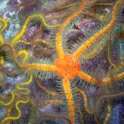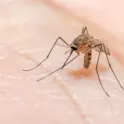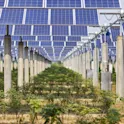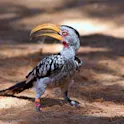
Featured news
28 Jun 2022
Robotic arms connected directly to brain of partially paralyzed man allows him to feed himself
By Peter Rejcek, science writer Image: Shutterstock.com Recent advances in neural science, robotics, and software have enabled scientists to develop a robotic system that responds to muscle movement signals from a partially paralyzed person relayed through a brain-machine interface. Human and robot act as a team to make performing some tasks a piece of cake. Two robotic arms – a fork in one hand, a knife in the other – flank a seated man, who sits in front of a table, with a piece of cake on a plate. A computerized voice announces each action: “moving fork to food” and “retracting knife.” Partially paralyzed, the man makes subtle motions with his right and left fists at certain prompts, such as “select cut location”, so that the machine slices off a bite-sized piece. Now: “moving food to mouth” and another subtle gesture to align the fork with his mouth. In less than 90 seconds, a person with very limited upper body mobility who hasn’t been able to use his fingers in about 30 years, just fed himself dessert using his mind and some smart robotic hands. A team led by researchers at the Johns Hopkins Applied Physics Laboratory (APL), in Laurel, […]
